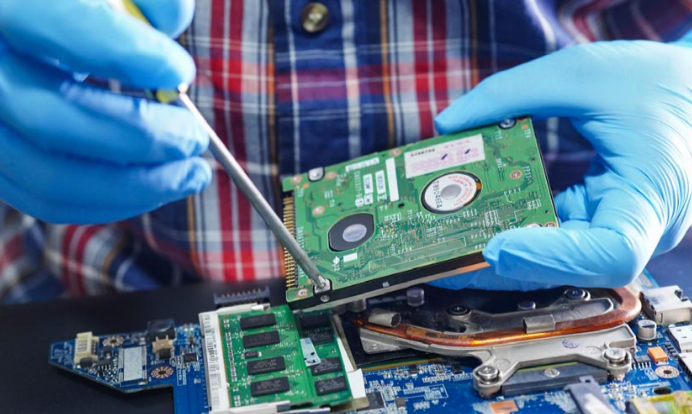Matthew Cockerill, an Independent Strategic Consultant, explains why we need to think beyond recycling to tackle e-waste
The consumer electronics industry is starting to consider e-waste, but it is still the fastest-growing domestic waste stream on earth, with the world generating 53.6 million metric tonnes in 2019 according to a UN report published last year. Whilst COVID has seen a slump in electronic sales, the drop is expected to be temporary, with e-waste projected to grow almost 40% by 2030.
Some consumer electronic businesses have started to make pledges around recycling, highlighting their ethical practices and promising to only use 100% recycled rare-earth materials in their products to start to reduce e-waste and its associated emissions impact. But also strategically to secure their supply chains as these materials become increasingly difficult to secure. Today’s design briefs created by progressive businesses are starting to specify the use of recycled materials and consider the design for their end of life to make disassembly for recycling at scale more possible and economic.
Make products last for longer through design
The most sustainable thing you can do is to make products last for longer through design to be more easily and accessibly repairable. But in a linear system, this is a massive challenge. It is not certain how companies can help us to do this whilst remaining profitable when the current linear system rewards faster replacement cycles. I believe businesses and designers like myself need to start thinking beyond recycling to make more radical inroads into reducing waste. This won’t be easy and will take time, so we need to start talking about it now. The supply chain so often kills your product turning it to e-waste when the spare parts are no longer available, however, there are smartphone brands on the market that have designed their devices to last longer through facilitating user repair.
Let’s not be satisfied with only designing our products to be recyclable. Recycling may recover material (although we only recycle 40% of our consumer electronic waste in the EU) but the energy used to create the original parts is lost. And this embedded energy accounts for 75% of the total energy used in the life of small consumer electronics. I’ve spent my career designing in a sell and forget system where the focus has been on usability, manufacturability, and desirability. But design can affect more radical change, but only if the right brief in the right system is created to allow businesses to conceive, develop, manufacture and sell future products.
Circular systems of manufacturing
Circular systems of manufacturing and economy have been heavily discussed and presented as a solution to our e-waste. But how can we do this, and would it affect the products we will use in the future? The existing linear system fuels demand the latest products. Companies continue to make new generations of products to take advantages of advancements in technology and performance, but also to encourage people to participate in a cycle of update and replacement. Whilst the very nature of cutting-edge product development means core technologies and architectures are still evolving, we are at a point with many of our technology products where their form factors have matured, their product shapes and archetypes have become set and standardised.
Planning the next generation of products
With the rate of change from one generation to the next slowing, there is now an opportunity to start planning the next generation of products, not as orphaned new products sent out into the world alone but ones that are reborn and remanufactured from previous generations. When products reach the end of their competitive life, they should be welcomed back to their manufacturer, not for destructive disassembly for material recovery, but for remanufactured, refinishing and re-use. The major structural components of one generation should be used for the next, whilst key performance technologies could be updated to the latest iterations. We need to think of the design of products trans-generationally.
Whilst increased recycling and legislation for the technology sector is of course a crucial step forward to tackle e-waste, designers and business leaders can and should take things further and reconsider how we design and use our products. In doing so, we can find new opportunities for businesses, consumers, and the planet.











